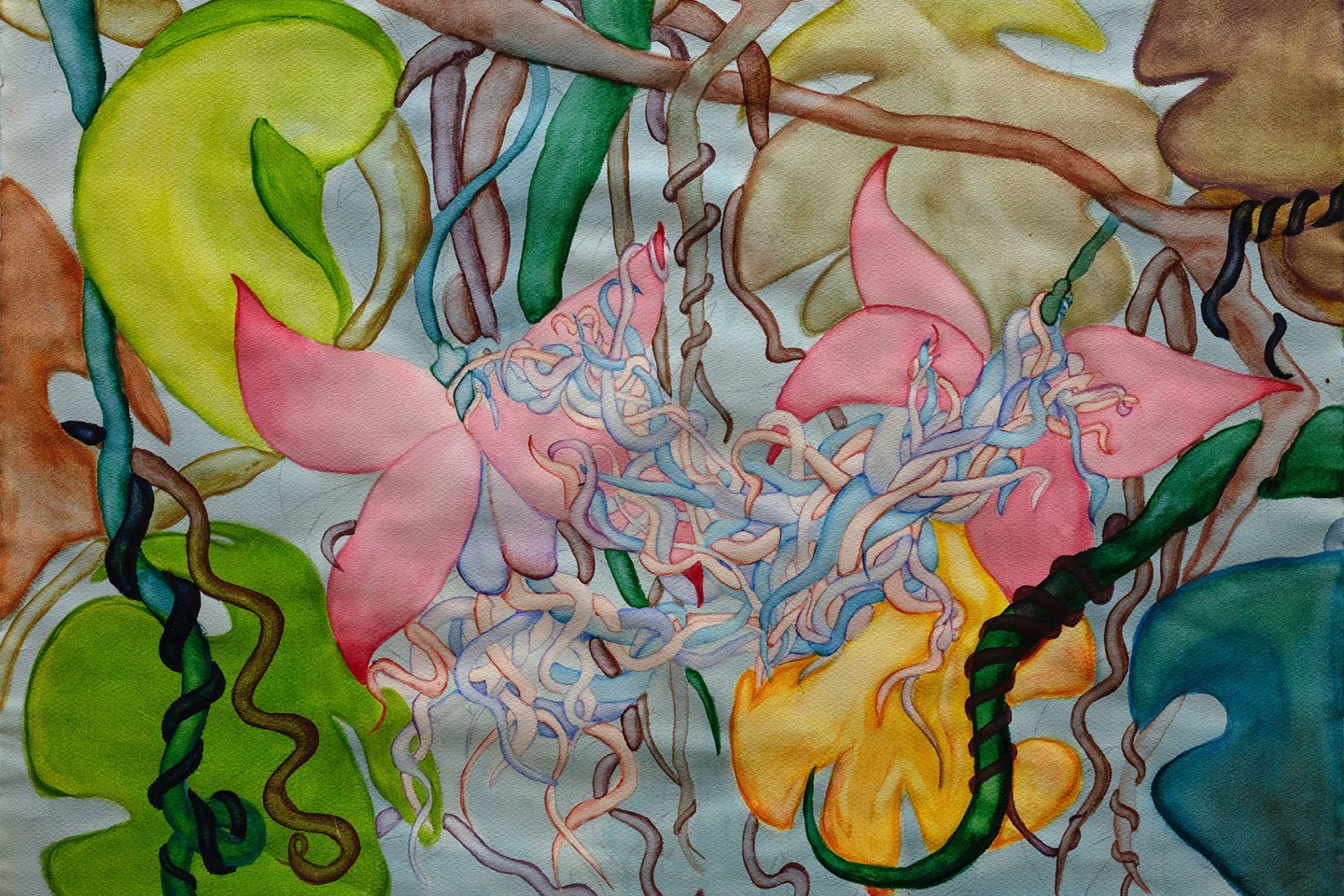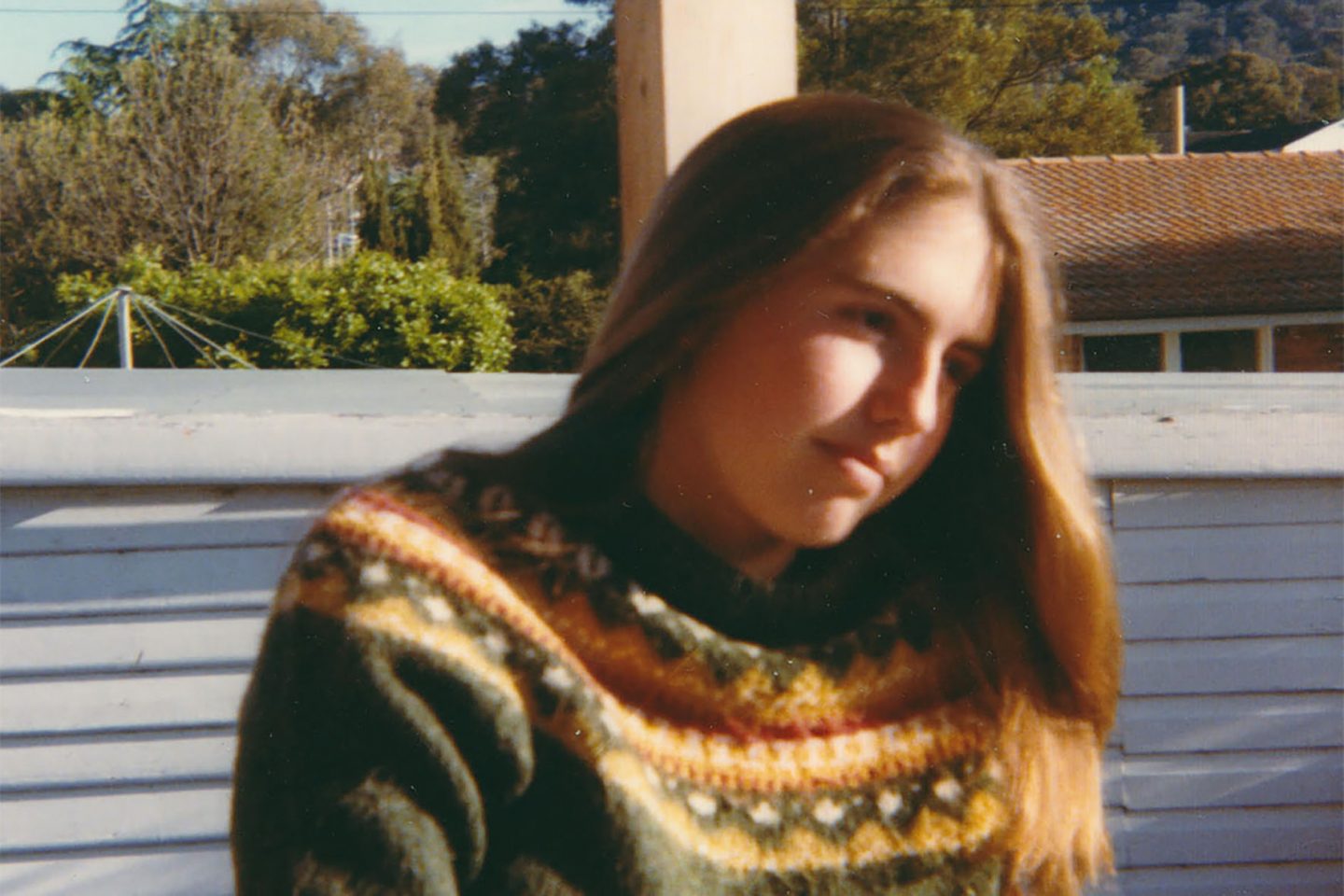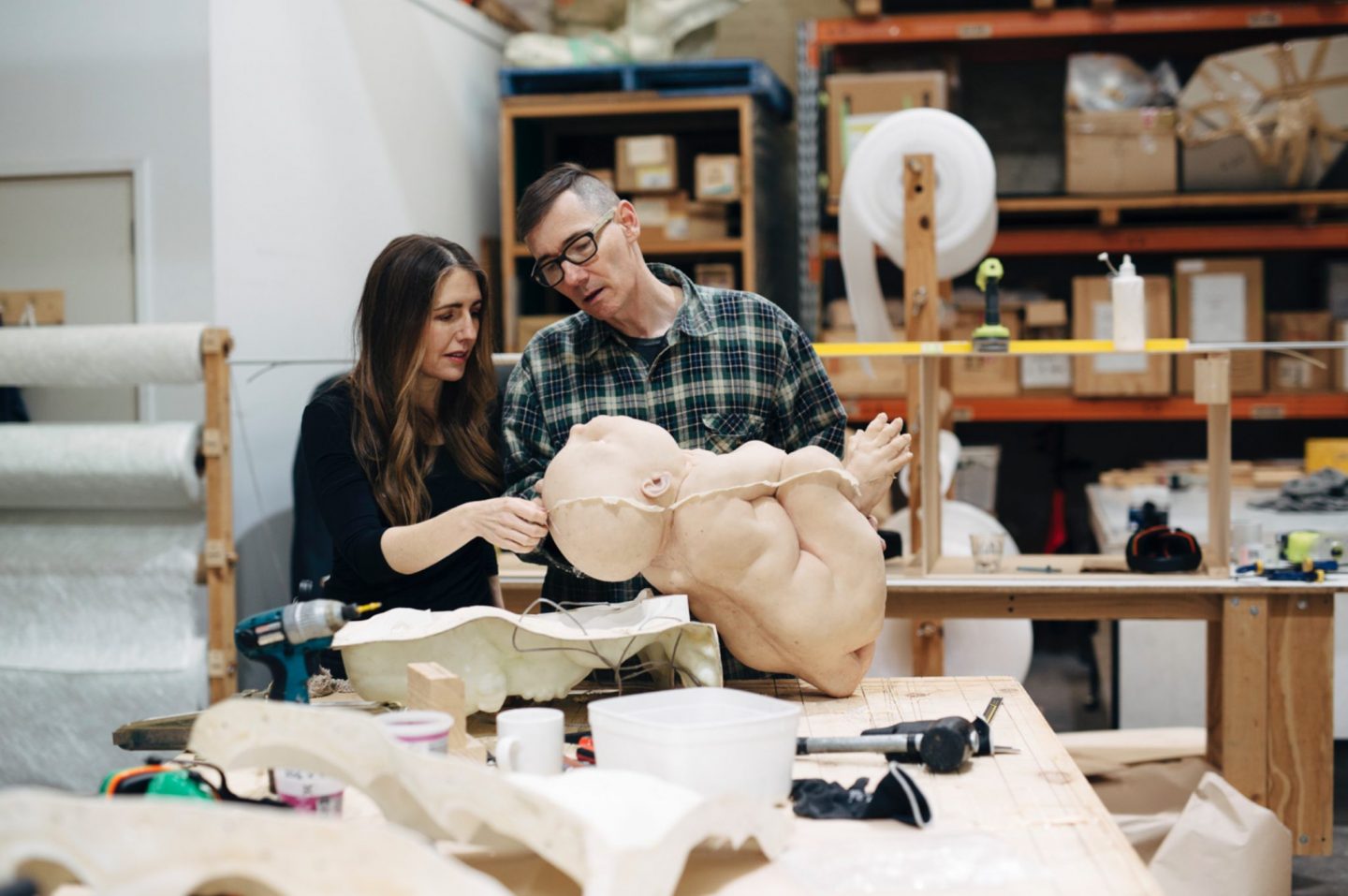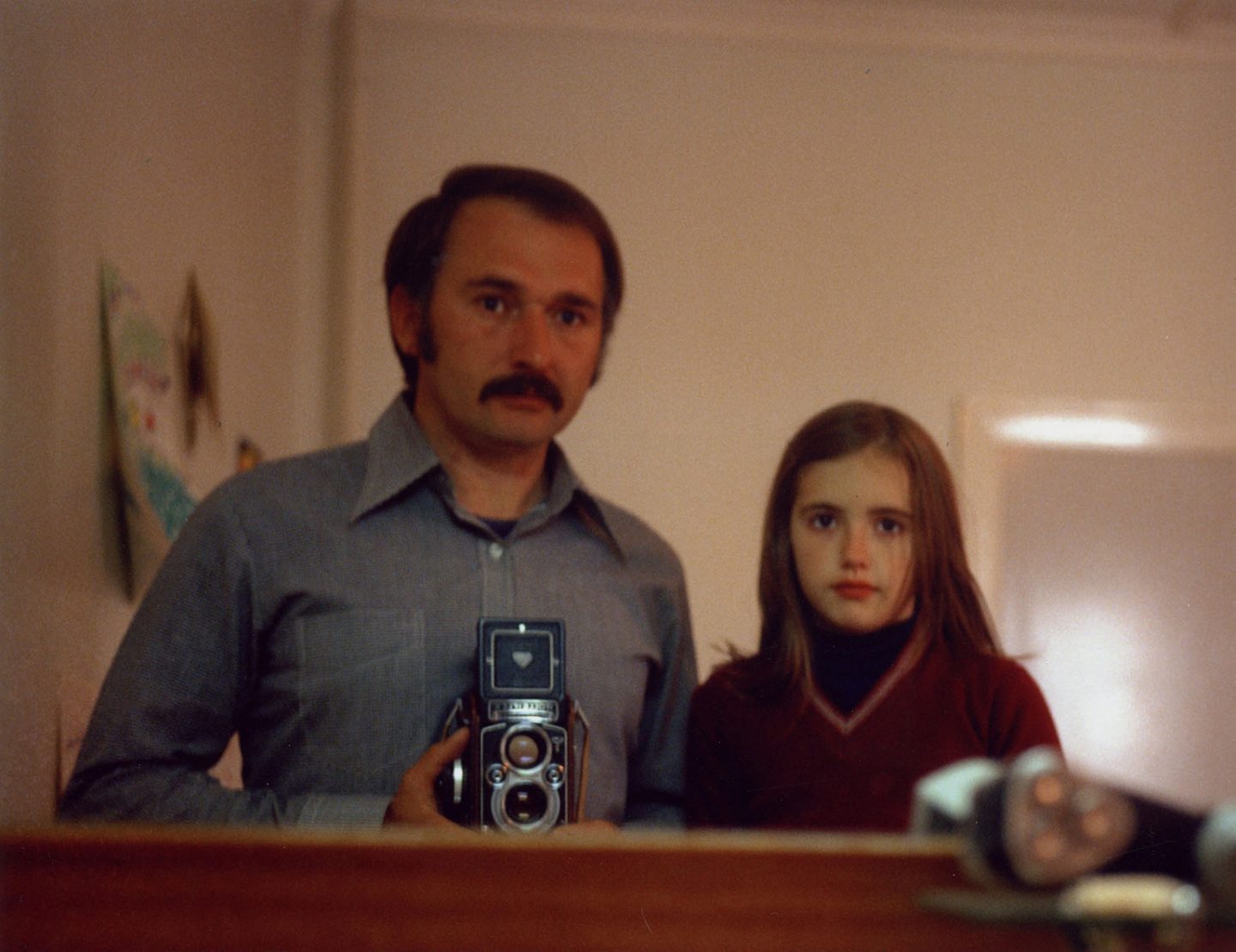This post is the third in the ‘Art in Childhood series’ that looks at the experience of famous artists in childhood!
- The first blog post looked at Australian painter Ben Quilty who shared his story of growing up on the outskirts of Sydney, Australia.
- The second post zoomed in on Djerrkŋu Yunupiŋu who talked about growing up in East Arnhem in Australia.
Patricia Piccinini is one of Australia’s most acclaimed contemporary artists. Her hyperreal sculptures explore themes such as people’s relationship with technology, nature, and culture. Patricia represented Australia at the 2003 Venice Biennale. She is also currently the Enterprise Professor of Visual Arts at the University of Melbourne. In this story, Patricia shares what art was like for her attending a public school in Canberra, Australia.

Louisa Penfold: You were born in Sierra Leone and then immigrated to Canberra as a child. Were there any experiences that you had in your youth that made you want to pursue it as a career?
Patricia Piccinini: Yes, I did have a couple of like this. They happened when I was 14 or 15 and both really sparked my lifelong interest in art. I was in a compulsory art class at Telopea Park High School, which is a public school in Canberra.
I was doing drawings and my teacher, her name was Mrs. Storey, took a real interest in them. She then went out of her way to give me a really lovely piece of paper to work on. So instead of having a small A4 piece of plain paper, she allowed me to use a beautiful textured, thick piece of watercolored paper. With this, I spent weeks drawing a large artwork that featured different plants and intertwining structures (pictured below). I felt such a real sense of accomplishment!

The moment that Mrs. Storey showed interest in my art was also very transformative. It made me feel a sense of pride and that my drawings had value. It made me realize that art could have a lot of meaning in my life. Mrs. Story’s actions meant a lot to me as my family didn’t really do art at home so it had to be introduced by somebody outside of my family.
At the end of the school year, Mrs. Storey also organized a small exhibition of everyone’s artwork in the assembly hall. It wasn’t glamorous, but she put up all the works and families came in on a Saturday to see it all. Seeing my drawings up there, alongside everyone else’s was really lovely. At the exhibition, one of the English teachers said to me, “Oh I really like this pencil drawing because I like black and white” and it always stuck with me. I both respected and feared that English teacher and felt a kind of affirmation that she said this. This whole experience made me think, “I’m going to keep studying art. And then I’m going to keep on studying in college.” But I didn’t think it would become a career.

Another thing that happened around the same time was that I wagged school one day and ended up in the art gallery. This was a very beautiful experience because at the time I felt like most young people do: alienated, misunderstood, and not feeling good about the world. But the art gallery felt like another world, one that was welcoming.
As I was there by myself, I had a lot of agency around what I was doing. I was driving the experience by being there by myself. It wasn’t like I had to do it, I did it by choice. It was a really beautiful, transformative experience. And it was quite an emotional one in that I think all the tension in my body left me, and my dissatisfaction with the world left me. I felt like I could relax in the space and then I was open to new ideas.
The paintings on the walls seemed to come from a place that seemed more open and interesting. A place that I wanted to be a part of. I never thought, “I’m going to be an artist and I am going to have a work here” but I did think “I would like to be in the world of these works”. Years later I would come to understand that there was a history to these artworks and social structures that they came out of.

LP: Can you tell us about how you came to study art at university?
PP: I had quite a common experience in that my parents advised me not to study art. My father actually said to me, “Oh Patricia, you’re not going to be an artist. There is only one Michelangelo or Leonardo. It’s not possible for you to be an artist, you should really go to university and get a degree. You should do economics!” He said this because he loved me and he wanted the best for me in my life. So I did that – I went to ANU and studied economics.
I realized very quickly that I didn’t want to work in economics and I still had the burning urge to go to art school. So I moved to Sydney and did that. It was at this time that I met my partner Peter (pictured above). We said to ourselves, “we are going to give this artist thing a real go for 10 years and if it doesn’t work then we will find something else to do”. We lived off very little at this time but we made it through and are still artists today!

LP: Why do you think art is important in children’s lives?
PP: To me, art is really about having a conversation with others around ideas that are relevant and pertinent to our times. In the 90s, making art around big ideas wasn’t as common and people were suspicious and would be like, “that’s not real art because it’s not pure, it is sullied by real-life”.
The only reason I make art is to be a part of the cultural conversation around what is happening to us in our lives. Every single work I make is around that and that’s the value in the work. I don’t think that I could make work just about me and my own emotional issues. I mean, my emotional issues are certainly my own brand that informs how I look at the world but my art is not about my personal history.
Cover image credit: Alli Oughtred. Dress by Romance was Born
Further Links
Patricia has a fantastic website that features many photos of her sculptures, drawings, and installations.
Here is a great interview with Patricia put together by the Danish ‘Louisiana Art Museum’.
Related Posts
Play Rebellion at BALTIC Centre for Contemporary Art